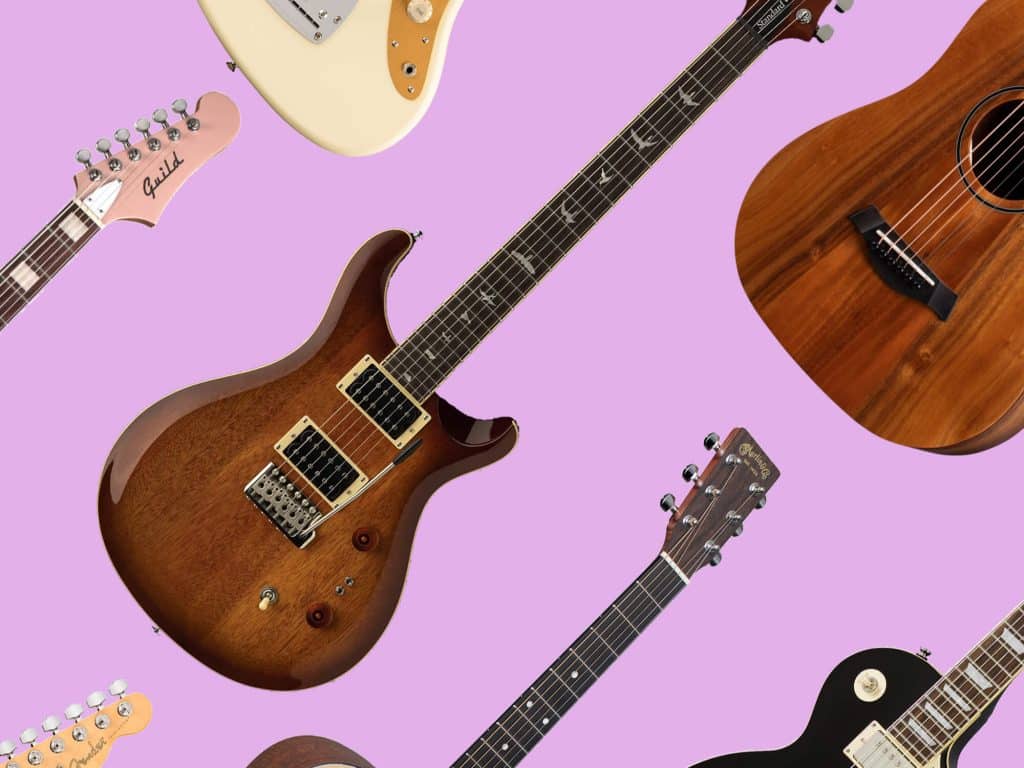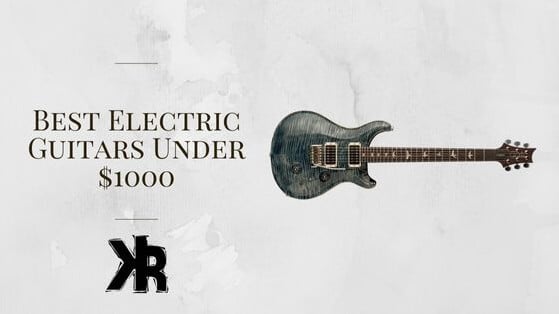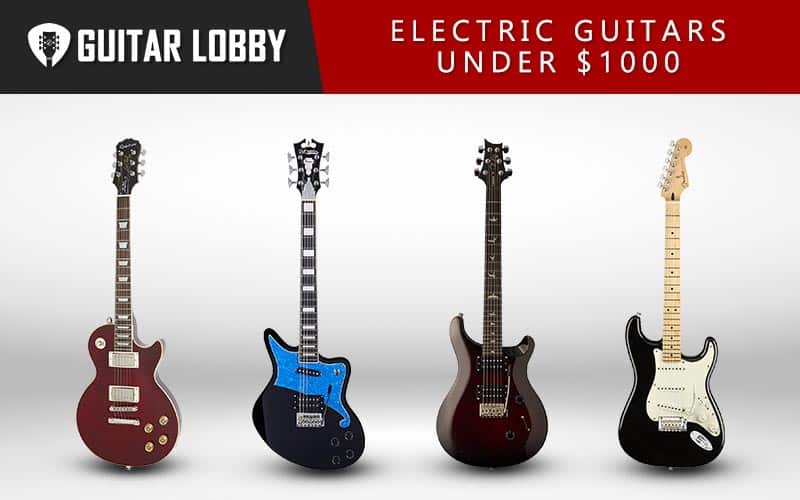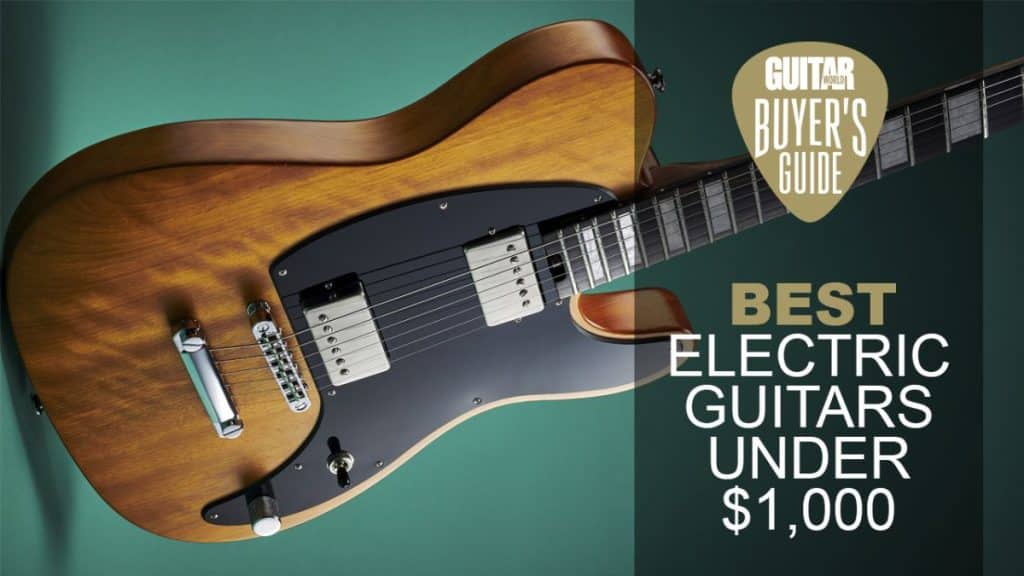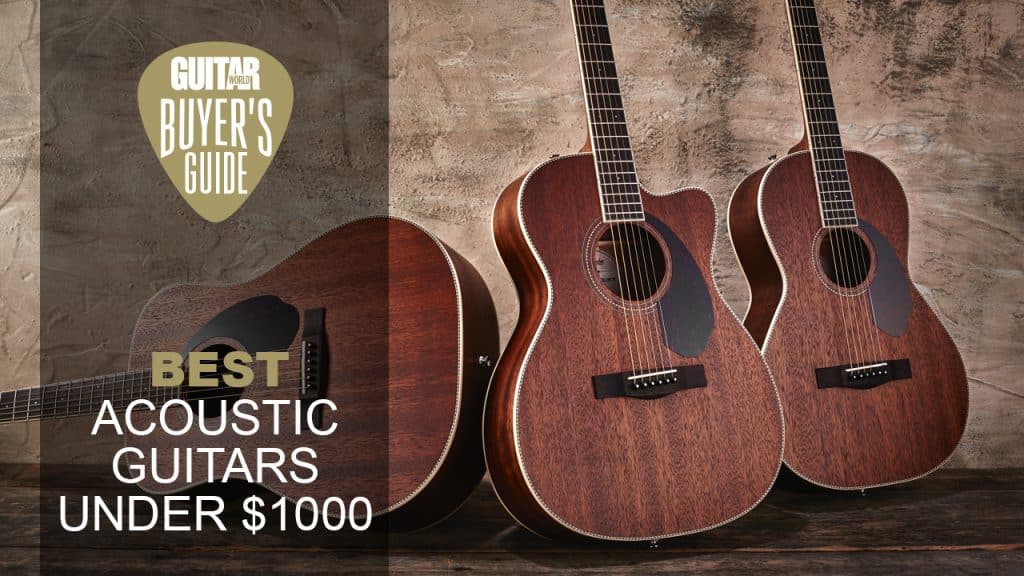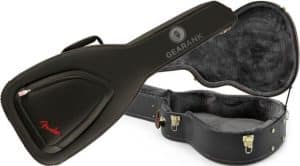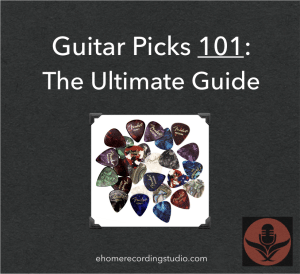Looking to upgrade your guitar but don’t want to break the bank? Look no further! In this comprehensive guide, you’ll learn everything you need to know about finding the best guitar under $1000. Discover tips, tricks, and expert recommendations to help you find the perfect instrument that suits both your budget and playing style. Whether you’re a seasoned musician or just starting out, this guide will be your go-to resource for making a wise investment in your musical journey. Get ready to strum your way to guitar greatness without emptying your wallet!
Factors to Consider
When looking for the best guitar under $1000, there are several important factors to consider. These factors will help you find a guitar that not only fits your budget but also meets your specific needs and preferences. From the type of guitar to the wood material, craftsmanship, brand reputation, pickups and electronics, hardware and accessories, overall sound and tone, playability and comfort, aesthetic appeal, and even resale value, each factor plays a significant role in determining the quality and value of the guitar you choose.
Type of Guitar
The type of guitar you choose is the first decision you’ll need to make when searching for the best guitar under $1000. There are several types to choose from, each with its own unique sound and characteristics.
-
Acoustic Guitars: These guitars produce sound solely through their hollow bodies and soundholes, making them ideal for playing without amplification. They can be further categorized into different body shapes such as dreadnought, jumbo, and concert.
-
Electric Guitars: Electric guitars use pickups and electronics to amplify the sound they produce. They offer a wide range of tones and are commonly used in various genres such as rock, blues, and jazz.
-
Classical Guitars: Classical guitars are known for their nylon strings and wider necks, making them commonly used for classical and flamenco music.
-
Acoustic-Electric Guitars: These guitars are a combination of both acoustic and electric guitars, allowing musicians to play unplugged or amplify their sound when needed.
-
Semi-Hollow body Guitars: These guitars have a solid center block with hollow wings, resulting in a unique sound that falls between an acoustic and an electric guitar.
Wood Materials
The type of wood used in a guitar greatly impacts its tone and overall sound quality. Here are some common wood materials used in guitar construction:
-
Spruce: Spruce is a popular choice for guitar tops, as it offers a balanced and versatile sound with great projection and clarity.
-
Cedar: Cedar is known for its warm and rich sound, making it a common choice for classical and fingerstyle players.
-
Mahogany: Mahogany is often used for the back and sides of acoustic guitars, providing a warm and full-bodied tone with excellent sustain.
-
Maple: Maple is known for its bright and articulate sound, making it a popular choice for electric guitars.
-
Rosewood: Rosewood offers a rich and warm tone with a strong bass response. It is commonly used for guitar fingerboards and back and sides.
-
Ebony: Ebony is a dense and smooth wood often used for fretboards, providing a bright and articulate sound.
-
Basswood: Basswood is a lightweight wood with good sustain and a balanced tone, commonly used in lower-priced guitars.
-
Ash: Ash is known for its strong midrange and bright tone. It is commonly used in electric guitar bodies.
-
Alder: Alder is a popular choice for electric guitar bodies due to its balanced tone and good resonance.
-
Poplar: Poplar is a lightweight wood often used as a substitute for more expensive tonewoods. It offers a balanced sound with good sustain.
Each wood material has its own unique characteristics, so it’s important to consider the type of tone you prefer when choosing a guitar.
Craftsmanship
The quality of craftsmanship is another crucial factor to consider when choosing the best guitar under $1000. Craftsmanship refers to the level of skill and attention to detail that goes into constructing a guitar. Here are some aspects of craftsmanship to consider:
-
Handcrafted vs. Factory-made: Handcrafted guitars are often considered superior in terms of quality and attention to detail, while factory-made guitars offer consistency and affordability.
-
Construction Techniques: Look for solid construction techniques such as dovetail or mortise and tenon neck joints, as well as clean and precise body and fretwork.
-
Neck Joint: A well-constructed neck joint, such as a set neck or a neck-through-body construction, can greatly affect the stability and sustain of the guitar.
-
Fretwork and Finishing: Check for properly dressed frets and smooth finishing, as these factors greatly affect the playability and overall feel of the guitar.
-
Binding and Inlays: Pay attention to the quality and attention to detail in the binding and inlays, as these can enhance the visual appeal of the guitar.
The craftsmanship of a guitar not only affects its overall quality but also its playability and durability. It’s essential to choose a guitar that has been expertly crafted to ensure optimal performance.
Reputable Brands
When searching for the best guitar under $1000, considering the reputation of the brand is essential. Reputable brands have a history of producing high-quality instruments and are often preferred by professional musicians. Here are some well-regarded guitar brands to consider:
-
Fender: Fender is known for their iconic Stratocaster and Telecaster models, offering a wide range of electric guitars suitable for various playing styles.
-
Gibson: Gibson is renowned for their Les Paul and SG models, which are highly regarded for their craftsmanship and rich tonal qualities.
-
Taylor: Taylor guitars are known for their exceptional build quality and innovative designs, making them a favorite among acoustic guitar enthusiasts.
-
Martin: Martin guitars have a long-standing reputation for their rich and warm sound, making them a top choice for acoustic guitar players.
-
Ibanez: Ibanez is known for their high-quality electric guitars, often favored by rock and metal guitarists.
-
PRS: PRS guitars are known for their impeccable craftsmanship and versatile tone, appealing to a wide range of players.
-
Epiphone: Epiphone is a subsidiary of Gibson and offers more affordable versions of their iconic models, making them accessible to a wider range of players.
-
Yamaha: Yamaha guitars are known for their reliability and quality at affordable prices, making them a popular choice for beginners and intermediate players.
-
Guild: Guild guitars are known for their vintage-inspired designs and exceptional craftsmanship, offering a unique blend of tradition and modernity.
-
Gretsch: Gretsch guitars are famous for their distinctive sound and iconic designs, particularly favored by rockabilly and country guitarists.
Choosing a guitar from a reputable brand ensures that you are getting a well-crafted instrument with a trusted reputation for quality and consistency.
Pickups and Electronics
When it comes to electric guitars and acoustic-electric guitars, the pickups and electronics play a significant role in shaping the guitar’s sound and versatility. Here are some factors to consider:
-
Single-coil Pickups: Single-coil pickups offer a bright and twangy tone, commonly associated with genres like rock, blues, and country.
-
Humbucker Pickups: Humbucker pickups offer a thicker and more powerful sound, often used in genres such as rock, metal, and jazz.
-
Active vs. Passive Pickups: Active pickups require batteries and offer a higher output and cleaner sound, while passive pickups provide a more organic and dynamic tone.
-
Built-in Preamp and EQ: Acoustic-electric guitars often come with built-in preamps and EQ controls, allowing you to shape the sound when amplified.
-
Onboard Effects: Some guitars come with built-in effects such as reverb or chorus, providing added versatility and convenience.
Consider your preferred playing style and the genres of music you play when choosing the pickups and electronics for your guitar. Different pickups and electronics can significantly impact the overall sound and tone of the instrument.
Hardware and Accessories
The hardware and accessories of a guitar are often overlooked but are essential for its functionality and playability. Here are some factors to consider:
-
Tuning Machines: High-quality tuning machines ensure accurate and stable tuning, making them a crucial component of any guitar.
-
Bridge Type: Depending on the type of guitar, different bridge types such as fixed bridge, tremolo bridge, or floating bridge offer different playability and tonal options.
-
Nut Material: The material used for the nut can affect the guitar’s sustain, tuning stability, and overall tone.
-
Strap Buttons: Sturdy strap buttons are necessary to ensure the guitar remains securely attached to a strap.
-
Case or Gig Bag: A protective case or gig bag is essential for transporting and storing your guitar safely.
-
Additional Accessories: Consider any additional accessories you may need, such as guitar cables, straps, capos, and picks.
Considering the hardware and accessories ensures that your guitar is not only playable but also equipped with the necessary components for optimal performance and convenience.
Sound and Tone
The overall sound and tone of a guitar are perhaps the most important factors to consider. Here are some aspects to consider when evaluating the sound and tone of a guitar:
-
Bright vs. Warm Tone: Different wood materials and pickup configurations contribute to the overall brightness or warmth of a guitar’s tone.
-
Sustain and Resonance: A guitar with good sustain and resonance allows notes to ring out and hold their volume longer.
-
Articulation and Projection: Look for a guitar that offers clear articulation and projection, allowing each note to be heard distinctly.
-
Versatility: Consider the versatility of the guitar’s tone, ensuring that it can cover a wide range of musical genres and playing styles.
-
Sound Recording: If you plan on recording your guitar, consider how it will sound when mic’d up or plugged directly into a recording interface.
The sound and tone of a guitar are ultimately subjective, so it’s important to try out different guitars and consider your personal preferences and musical style.
Playability and Comfort
Playability and comfort should not be overlooked when choosing the best guitar under $1000. Here are some factors to consider:
-
Neck Shape and Profile: Different neck shapes and profiles can affect how comfortable the guitar feels in your hands.
-
Fingerboard Radius: The fingerboard radius determines how flat or curved the fingerboard is, affecting the ease of playing chords and bending strings.
-
Scale Length: Scale length impacts the string tension and can affect the playability and feel of the guitar.
-
Action and String Height: The action refers to the height of the strings above the fingerboard, while string height refers to the distance between the strings and the fingerboard. A well-set-up guitar will have comfortable action and string height.
-
Weight and Balance: Consider the weight and balance of the guitar, as this can affect how long you can comfortably play without strain.
-
Body size and Shape: Different body sizes and shapes offer different levels of comfort and playability. Consider the ergonomics of the guitar and how it feels against your body.
Choosing a guitar with optimal playability and comfort ensures that you can play for extended periods without discomfort or technical limitations.
Aesthetic Appeal
While aesthetics may not directly affect the sound or playability of a guitar, it can be a significant factor for many players. A guitar that appeals to your senses and personal style can enhance your motivation and enjoyment of playing. Consider factors such as the finish color, body shape, inlays, binding, and overall visual appeal when choosing a guitar.
Resale Value
Resale value may not be a primary concern when purchasing a guitar, but it’s worth considering if you plan on upgrading or selling your instrument in the future. Several factors can affect the resale value of a guitar:
-
Limited Edition or Signature Models: Limited edition or signature model guitars often retain their value due to their rarity and collectibility.
-
Vintage or Collectible Guitars: Vintage or collectible guitars from reputable brands can appreciate in value over time, especially if they are well-maintained and sought after.
-
Quality and Condition: A well-made guitar in good condition will generally hold its value better than a poorly made or heavily damaged instrument.
-
Market Demand: The current demand for a particular brand or model can affect its resale value.
-
Reputable Dealers: Purchasing from reputable dealers who offer fair prices and have a good reputation can increase the likelihood of a good resale value.
While resale value may not be a priority for everyone, it’s worth considering if you want to protect your investment or have the option to upgrade or sell your guitar in the future.
In conclusion, finding the best guitar under $1000 involves considering a variety of factors. The type of guitar, wood material, craftsmanship, brand reputation, pickups and electronics, hardware and accessories, sound and tone, playability and comfort, aesthetic appeal, and even resale value all contribute to the overall quality and value of the instrument. By considering these factors and understanding your specific needs and preferences as a player, you can find a guitar that not only fits within your budget but also provides a rewarding and enjoyable playing experience.

